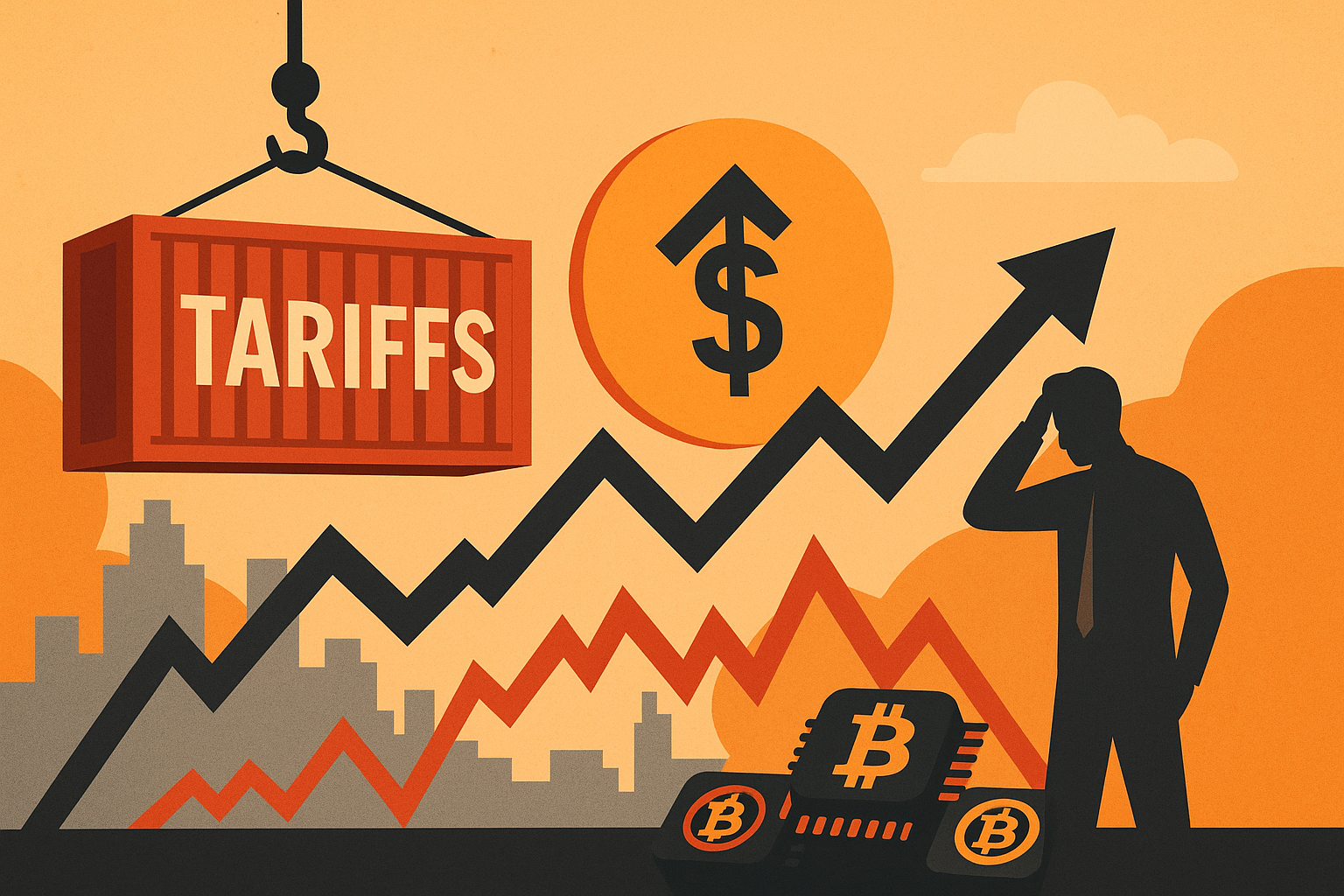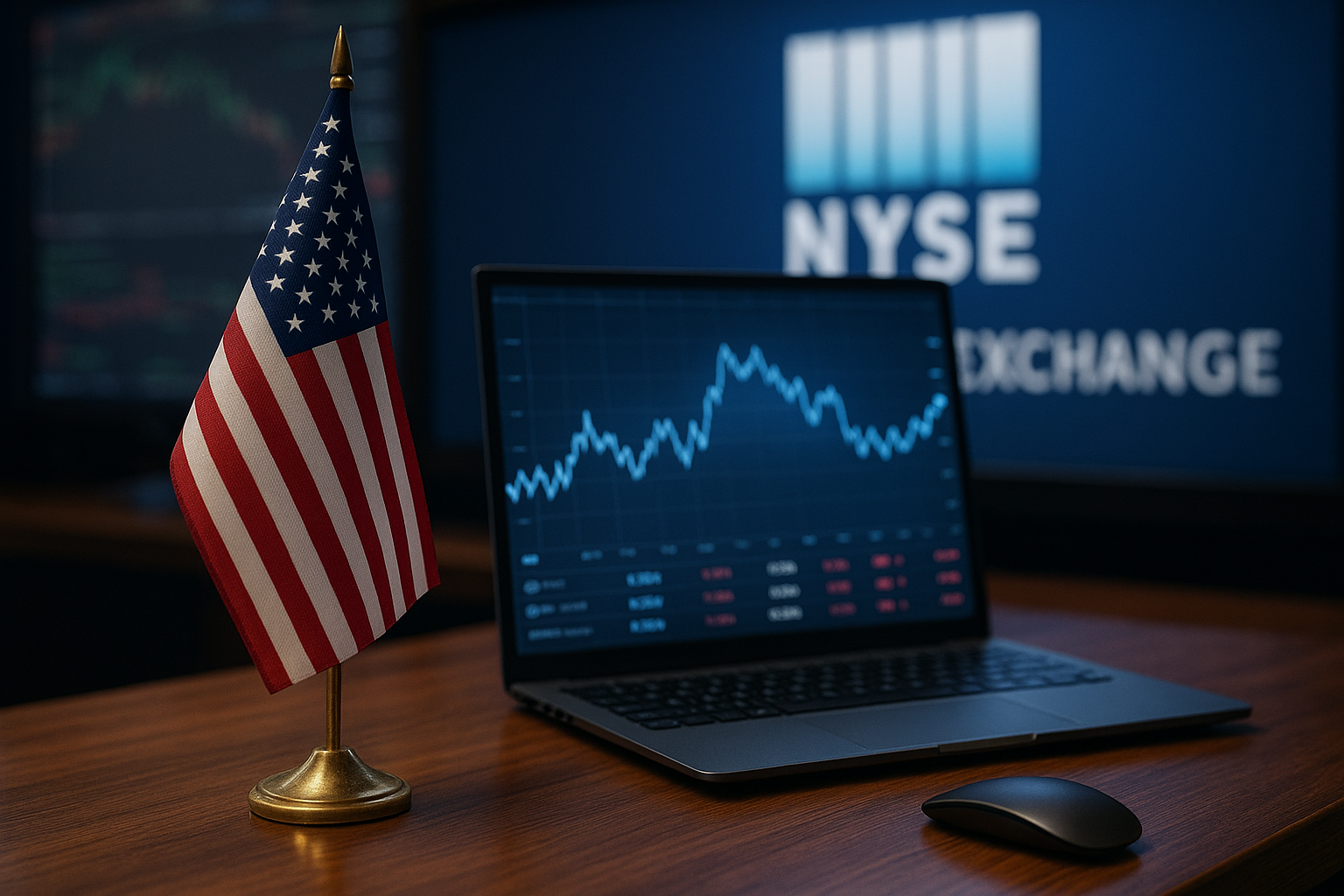Anxieties over stubborn inflation and looming tariff escalations have sent ripples across global markets this morning, prompting U.S. stock futures to slide. The S&P 500 and Nasdaq futures were both down nearly 0.6% in pre-market trading as investors digest fresh economic data and brace for policy signals from Washington and Beijing.
Inflation Data and Tariff Uncertainty Weigh Heavily on Sentiment
Investors woke to a red screen Wednesday as core Consumer Price Index (CPI) data released late Tuesday evening pointed to inflation holding firmer than anticipated. Core CPI rose 0.4% in June, beating analyst estimates of 0.3%, and underscoring the Federal Reserve’s challenge in bringing price growth back to its 2% target.
Compounding the jitters, reports from Bloomberg and Reuters suggest that the Biden administration is preparing to impose new tariffs on Chinese electric vehicles and semiconductors in response to what U.S. officials describe as “persistent market distortions.”
Semiconductor stocks were among the hardest hit in early trading. Shares of Applied Materials (NASDAQ: AMAT) and Lam Research (NASDAQ: LRCX) each shed over 3% pre-market, as traders priced in the potential fallout from heightened trade barriers.
Why This Matters for Investors
The market’s reaction reflects a dual concern: inflation that may delay the Fed’s pivot to rate cuts, and tariffs that threaten supply chains and corporate margins.
Goldman Sachs analysts noted in a morning note that “markets are entering a fragile phase where macro risks could overshadow corporate earnings momentum.” They caution that elevated valuations in tech and growth sectors leave them particularly vulnerable.
Meanwhile, Morgan Stanley strategists are advising clients to watch the Producer Price Index (PPI) release due later this week, which could either confirm or soften the inflationary narrative.
Future Trends to Watch
Fed Policy Path
Traders have now dialed back expectations for an aggressive Fed easing cycle. CME FedWatch data shows futures markets pricing in only a 35% probability of a rate cut in September, down from 55% last week.
Corporate Earnings
Big bank earnings set to roll out this week — including Goldman Sachs (NYSE: GS) and Morgan Stanley (NYSE: MS) — will serve as a barometer for broader economic health. Their forward guidance on loan growth and credit conditions could hint at whether businesses and consumers are beginning to feel the squeeze of higher rates.
Global Supply Chains
The semiconductor sector’s exposure to U.S.-China tensions cannot be overstated. Any retaliatory measures from Beijing could disrupt component flows and raise input costs for downstream industries, from smartphones to electric vehicles.
Key Investment Insight
With uncertainty clouding both macro and geopolitical horizons, investors should consider hedging tech-heavy portfolios or rotating into defensive sectors such as healthcare and utilities. Copper and gold producers could also see increased demand if trade war fears escalate, offering a possible safe haven.
For those with longer time horizons, keeping cash on the sidelines and waiting for clearer signals from the Fed and policymakers may be a prudent strategy.
Stay ahead of the markets with MoneyNews.Today, your trusted source for timely insights and actionable analysis on global financial developments.





